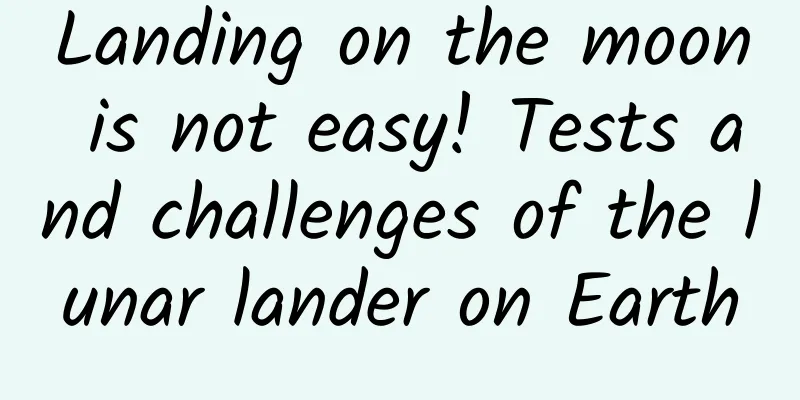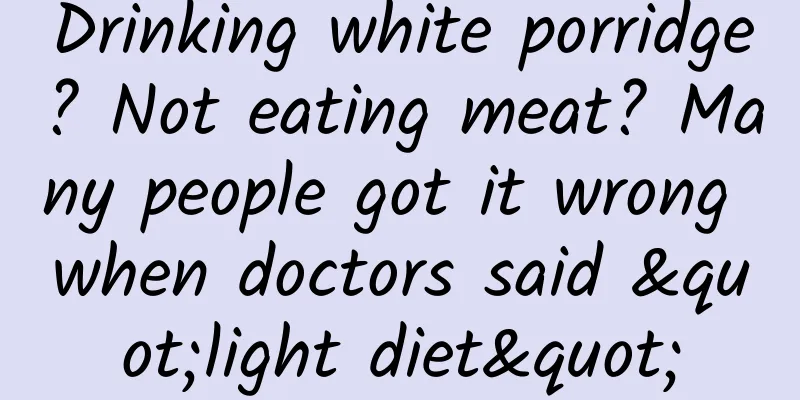Landing on the moon is not easy! Tests and challenges of the lunar lander on Earth

|
source,src As the world's enthusiasm for space exploration grows, lunar landers have become a key technology that space agencies and commercial companies around the world are competing to develop. However, successfully landing on the lunar surface is not easy, and there are many challenges and key tests involved. This article will take you through the testing process of the lunar lander on Earth and the various challenges it faces. 1. Challenges of Lunar Lander 1. Withstand the load: The lunar lander will be subjected to strong vibration and roar during the launch process and needs to be tested in an acoustic chamber to simulate the launch sound and vibration. 2. Harsh space environment: Lunar landers will need to withstand near-vacuum conditions, fast-moving orbits, and harsh sunlight that is not filtered by the Earth's atmosphere, which will cause the lander to experience rapid and large temperature changes and may cause radiation damage to electronic equipment. 3. Autonomous operation: Due to the delay in two-way communications between the Earth and the Moon, the lunar lander must have the ability to operate autonomously. 4. Hardware and software working together: Protect the lunar lander from the harsh space environment and ensure that the hardware and software work together as expected. 2. Testing of the Lunar Lander 1. Load testing: Testing the structural integrity of the lander in simulated sound and its ability to withstand various loads. 2. Thermal Vacuum Testing: Spend days, weeks or months in a thermal vacuum chamber to simulate the vacuum, temperature fluctuations and sunlight radiation found in space and on the moon. 3. Communications and navigation tests: Check the lander's communications equipment antenna and navigation system to ensure they function properly on the Moon. 4. Simulated lunar landing: Test the lander's autonomous operation capabilities by simulating key milestones, such as reaching lunar orbit. 5. Hardware and software collaboration testing: Ensure that the lander's hardware and software can work properly in the lunar environment. 6. Simulated failures: Test the lander’s ability to cope with various extreme landing scenarios and recover from a trajectory that deviates from its orbit. 3. Testing and practical application on Earth Conducting various tests on Earth can provide strong guarantees for the practical application of lunar landers. For example, the US VIPER rover mission tests wheel slippage, sinking and traction in simulated terrain to ensure its normal operation in the rocky terrain of the lunar south pole. However, there are still some aspects of space travel that cannot be tested on Earth, such as the performance of the lander's propulsion system. To this end, scientists have built a system to compare the expected thrust with the actual thrust to see how much the lander's performance deviates. At the same time, reserve propellant is to make up for this difference. Summarize The challenges and tests of lunar landers are key to space exploration. Through various tests on Earth, scientists can better understand and solve the problems that lunar landers may encounter in practical applications. With the continuous development of technology, I believe we will be able to successfully achieve lunar landing in the future and open a new chapter for human space exploration. References: How to test a Moon landing from Earth https://www.nature.com/articles/d41586-024-00352-w |
<<: How filling can Cantonese cuisine be?
>>: Science fiction has become reality. You can also have a stand-in! 丨 Expo Daily
Recommend
The role of yew
People who eat grains and cereals will get sick. ...
The efficacy and contraindications of Tiepi Fengdou
Nowadays, many friends have given up choosing som...
The efficacy and function of black whistling chicken
Black-bellied whistling duck is a kind of traditi...
A power station hidden in a "mirror"?! Explore the science behind the "secret mirror"
Plane mirrors can help us adjust our attire and a...
As high temperatures approach, be alert to these 8 summer diseases!
On June 15, the Central Meteorological Observator...
The role of Rhodiola rosea
Everyone is familiar with the Chinese medicine Rh...
Where does the human tissue removed during surgery go?
【Written at the end】 For most people, the most li...
Dandelion Honeysuckle Chrysanthemum
In recent years, prices have been rising, but peo...
The efficacy and function of water fern
The efficacy and function of the traditional Chin...
The efficacy and function of Begonia
Modern medical research believes that Begonia con...
The efficacy and function of Cissus pubescens
Cissus pubescens is a very common Chinese medicin...
What are the taboos of wolfberry?
We modern people believe that good health is the ...
How is Cordyceps sinensis formed?
Traditional Chinese medicine has been around for ...
The efficacy and function of small sedge
Traditional Chinese medicine is a Chinese traditi...









